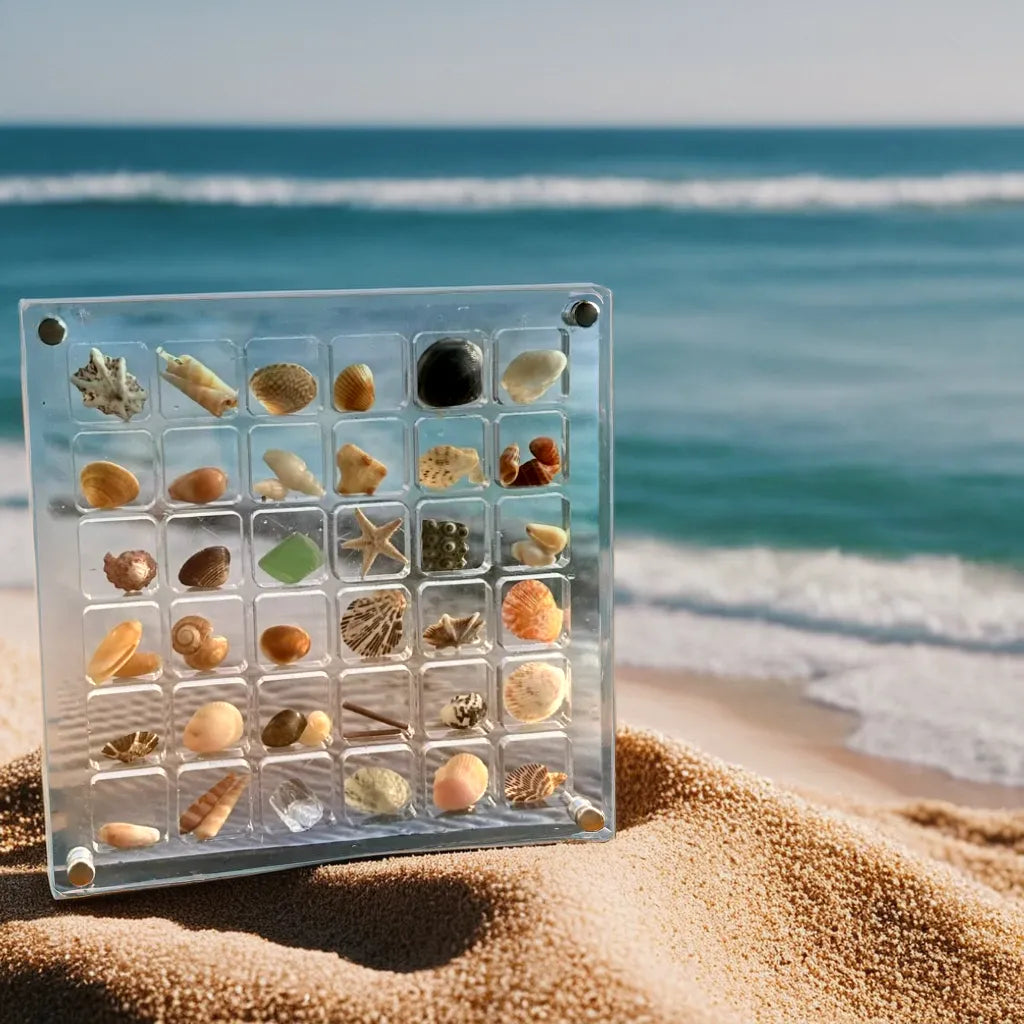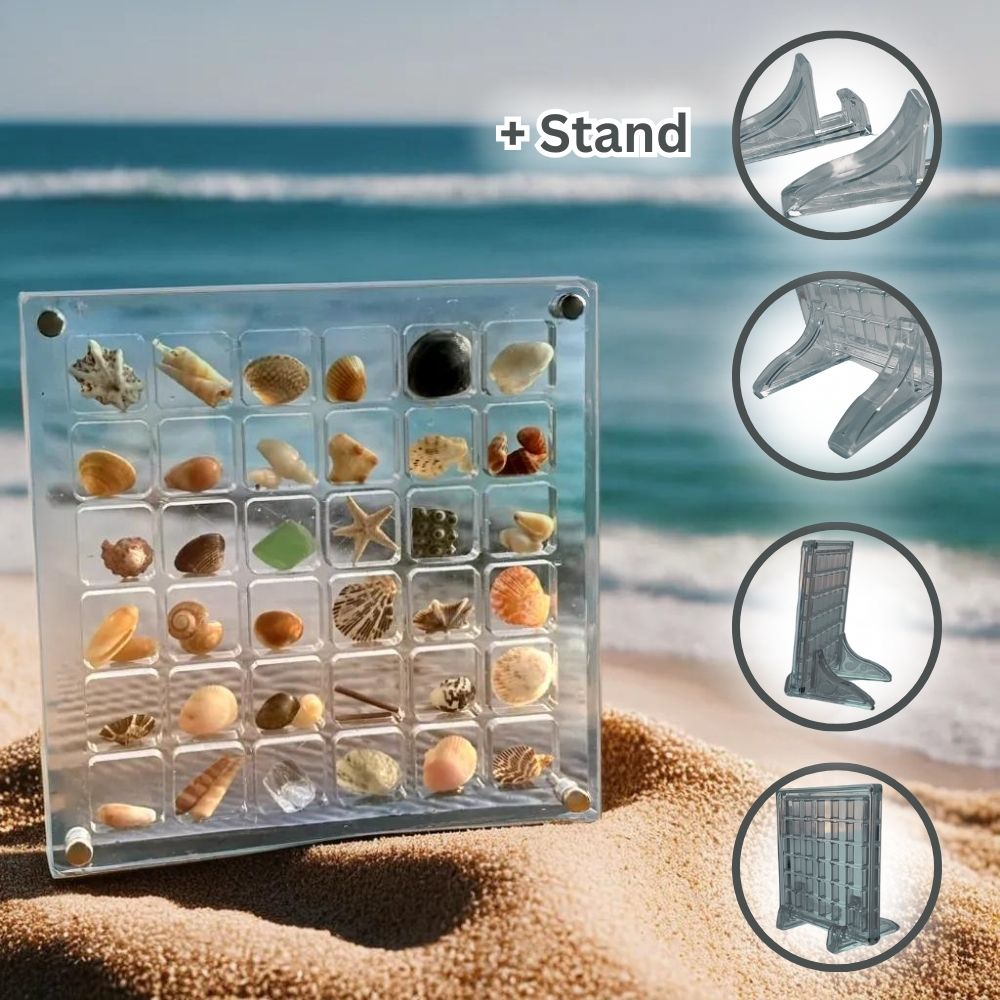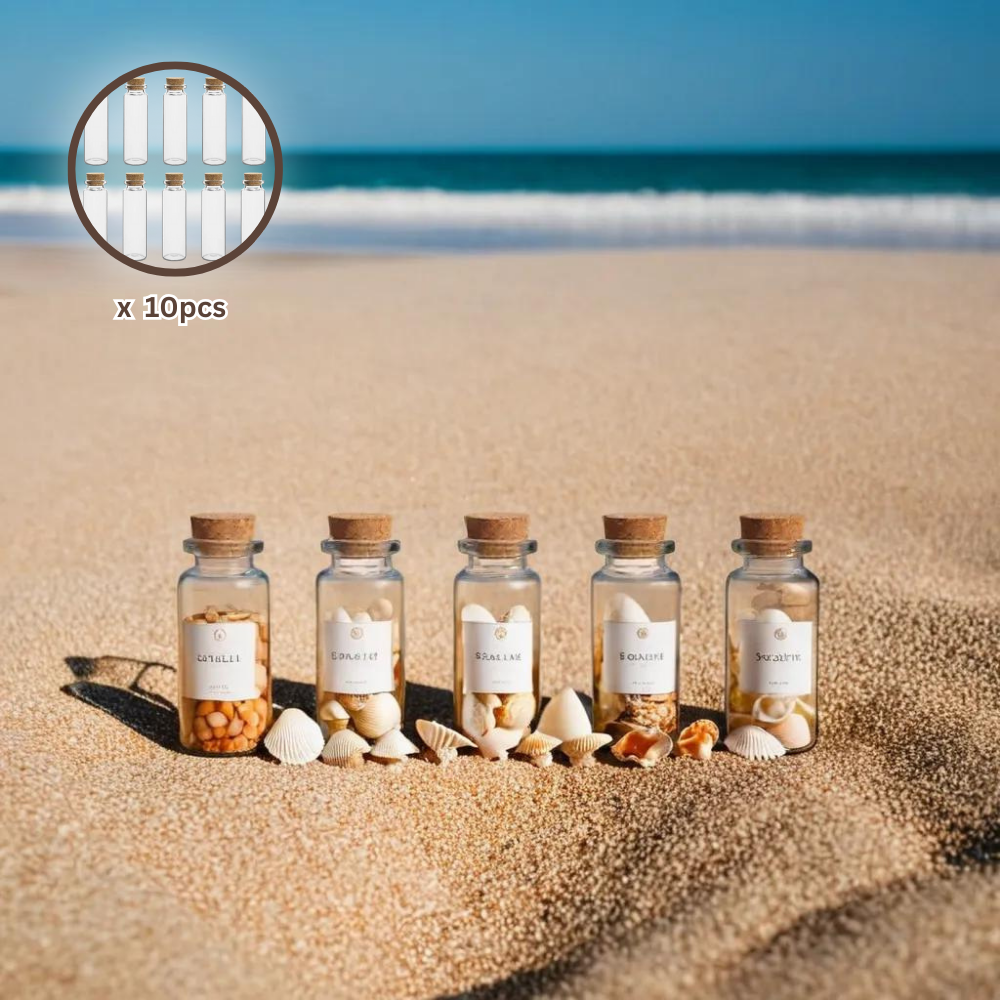
The Bluntnose Whelk, scientifically known as Buccinum glaciale, is a fascinating marine snail found in the colder waters of the northern Atlantic.
This species is notable not just for its distinctive reddish fawn shell, which can reach up to 90 mm in size, but also for its ecological role and economic importance. As a species that thrives in depths ranging from 4 to 119 meters, the Bluntnose Whelk contributes significantly to the marine ecosystem.
This mollusk's unique adaptations make it an interesting subject for both marine enthusiasts and researchers. Its spiral-lined shell and specific habitat preferences help it survive in various environmental conditions. The Bluntnose Whelk is not only a part of the ocean's biodiversity but also holds cultural significance in local communities that rely on it for food and craft.
As awareness of marine species like the Bluntnose Whelk grows, understanding their role becomes essential. This blog post will explore its identification, habitat, and importance to both nature and people.
Key Takeaways
- The Bluntnose Whelk has a distinctive reddish fawn shell and can grow up to 90 mm.
- It plays an important ecological role in the northern Atlantic waters.
- This species is valued culturally and economically in local communities.
Identification Guide
Identifying the Bluntnose Whelk, or Buccinum glaciale, involves examining its physical characteristics and comparing it to similar species. Careful observation can help distinguish this whelk from others in its habitat.
How to Identify a Bluntnose Whelk (Buccinum glaciale)
To identify a Bluntnose Whelk, look for its distinctive shell. It has an
ovate-conical shape that typically reaches up to
90 mm in length. The shell color varies from reddish fawn to shades of mauve and brown. An important feature is the blunt, rounded apex of the shell, which gives it its name. Close examination will also reveal prominent spiral ridges on the shell surface. When observed, the aperture or opening of the shell is wider than many related species.
Characteristics
The Bluntnose Whelk displays various characteristics that aid in identification. Its shell has a smooth texture with distinct spiral ridges and slight knobs along the shoulder. The color can change based on its environment, which helps it camouflage against predators. Inside, the shell is often a cream color. This whelk's body is typically a lighter shade, which can help indicate its health. Observing these features can provide key insights into not only identification but also its habitat.
Comparison To Similar Species
Buccinum glaciale can be confused with other whelks, such as Buccinum undatum, the Common Whelk. The Common Whelk has a thinner, more elongated shell, and its color tends to be lighter. In contrast, the Bluntnose Whelk has a more robust appearance and a blunt apex. Another similar species is Buccinum donovani, which has a more slender shell and a pointed apex. Observing the shape and color of the shell can help quickly differentiate these whelks.
Distribution & Habitat
Bluntnose whelk (Buccinum glaciale) is primarily found in cold marine environments. Its distribution spans across polar regions and specific depths, making it a unique inhabitant of the ocean.
Where to Find Bluntnose Whelk (Buccinum glaciale)
Save 50%


Buccinum glaciale prefers benthic (sea floor) habitats at depths ranging from
4 to 119 meters. This species is typically located in the
Arctic regions, with a distribution stretching from
80°N to 50°N latitude and
164°W to 63°E longitude.
Bluntnose whelk can often be found in the intertidal zones of places like
Japan and Alaska. It thrives in cold waters, adapting well to its chilly surroundings. The sea snail plays a vital role in the ecosystem, often being a predator in its environment, helping maintain balance among marine life.
Cultural & Economic Importance
The bluntnose whelk (Buccinum glaciale) plays a notable role in both cultural practices and economic activities, particularly in regions where it is harvested. Its significance extends from local traditions to broader economic contributions.
The Bluntnose Whelk (Buccinum glaciale) in Culture
In maritime regions, the bluntnose whelk holds cultural importance, especially among coastal communities. Fishermen often regard it as both a food source and a symbol of local heritage. It features in traditional dishes, particularly in places where seafood culture thrives.
Local festivals may celebrate the whelk, highlighting its role in the community’s identity. Artisans may also use its shells in crafts or jewelry, contributing to local artistry. The whelk’s presence in folklore and storytelling reflects its impact, serving as a reminder of the sea's bounty.
Legal Status
The bluntnose whelk is subject to various legal protections and regulations to ensure sustainable harvesting. Many regions have implemented quotas and size limits to maintain population levels. These regulations help protect the species from overfishing, which can lead to population declines.
Some countries require licenses for whelk fishing, enforcing responsible practices. Conservation groups often collaborate with fisheries to promote ecological balance. By adhering to these laws, fishery sectors can support both economic activity and environmental health, ensuring future generations benefit from this species.
In areas where the bluntnose whelk is harvested, awareness of legal guidelines remains vital for fishermen and consumers alike.
Bluntnose Whelk (Buccinum glaciale) Crafting
Crafting with
Bluntnose Whelk (Buccinum glaciale) involves using the hard shells of these marine snails. These shells are valued for their unique shape and often vibrant colors, ranging from reddish fawn to brown.
Common Uses
-
Jewelry: Shells can be polished and turned into necklaces, bracelets, and earrings.
-
Decorative Art: They are used in various home décor projects, such as centerpieces and wall art.
-
Craft Projects: The shells can be incorporated into mixed media art or used as part of educational displays.
Crafting Tips
-
Cleaning: Before crafting, thoroughly clean the shells to remove any debris or residue.
-
Polishing: A gentle polish can enhance the natural colors and textures of the shell.
-
Drilling: If making jewelry, careful drilling must be done to avoid cracking the shell.
Environmental Considerations
It's important to source shells responsibly. Harvesting should comply with local regulations to protect marine ecosystems. Sustainability matters in crafting.
Save 20%


Using Bluntnose Whelk shells can enhance creativity while respecting the environment. They offer a versatile medium for crafters and artisans alike.
Frequently Asked Questions
The Bluntnose Whelk is a fascinating marine creature. Understanding its habitat, role in the ecosystem, diet, breeding habits, and conservation status provides valuable insights into its life and challenges.
What is the typical habitat of the Bluntnose Whelk?
The Bluntnose Whelk usually resides in colder, subtidal marine environments. It can be found on sandy or muddy bottoms, often at depths of 20 to 100 meters. This habitat allows it to thrive in the North Atlantic regions.
How does the Bluntnose Whelk contribute to its ecosystem?
This species plays an important role in the marine food web. It is a predator, feeding on various smaller creatures. By controlling these populations, it helps maintain a balanced ecosystem.
What are the main dietary preferences of the Bluntnose Whelk?
The Bluntnose Whelk primarily feeds on bivalves, like clams and mussels. It uses its strong radula to open shells and access the soft tissue inside. This feeding behavior is crucial for its growth and reproduction.
What are the breeding habits and life cycle of the Bluntnose Whelk?
Breeding typically occurs in late spring to early summer. Females lay eggs in protective capsules. The larvae hatch and undergo a free-swimming phase before settling to the ocean floor, continuing their development.
How can one differentiate the Bluntnose Whelk from similar species?
The Bluntnose Whelk can be identified by its conical shell shape and blunt, rounded tip. Its shell also features distinctive spiral ridges. These characteristics help distinguish it from other whelk species.
What are the conservation statuses and threats facing the Bluntnose Whelk?
The Bluntnose Whelk faces threats from overfishing and habitat loss. Its conservation status varies by region but raises concerns over sustainability. Efforts are needed to ensure its populations remain stable in the wild.
 The Bluntnose Whelk, scientifically known as Buccinum glaciale, is a fascinating marine snail found in the colder waters of the northern Atlantic. This species is notable not just for its distinctive reddish fawn shell, which can reach up to 90 mm in size, but also for its ecological role and economic importance. As a species that thrives in depths ranging from 4 to 119 meters, the Bluntnose Whelk contributes significantly to the marine ecosystem.
This mollusk's unique adaptations make it an interesting subject for both marine enthusiasts and researchers. Its spiral-lined shell and specific habitat preferences help it survive in various environmental conditions. The Bluntnose Whelk is not only a part of the ocean's biodiversity but also holds cultural significance in local communities that rely on it for food and craft.
As awareness of marine species like the Bluntnose Whelk grows, understanding their role becomes essential. This blog post will explore its identification, habitat, and importance to both nature and people.
The Bluntnose Whelk, scientifically known as Buccinum glaciale, is a fascinating marine snail found in the colder waters of the northern Atlantic. This species is notable not just for its distinctive reddish fawn shell, which can reach up to 90 mm in size, but also for its ecological role and economic importance. As a species that thrives in depths ranging from 4 to 119 meters, the Bluntnose Whelk contributes significantly to the marine ecosystem.
This mollusk's unique adaptations make it an interesting subject for both marine enthusiasts and researchers. Its spiral-lined shell and specific habitat preferences help it survive in various environmental conditions. The Bluntnose Whelk is not only a part of the ocean's biodiversity but also holds cultural significance in local communities that rely on it for food and craft.
As awareness of marine species like the Bluntnose Whelk grows, understanding their role becomes essential. This blog post will explore its identification, habitat, and importance to both nature and people.





















